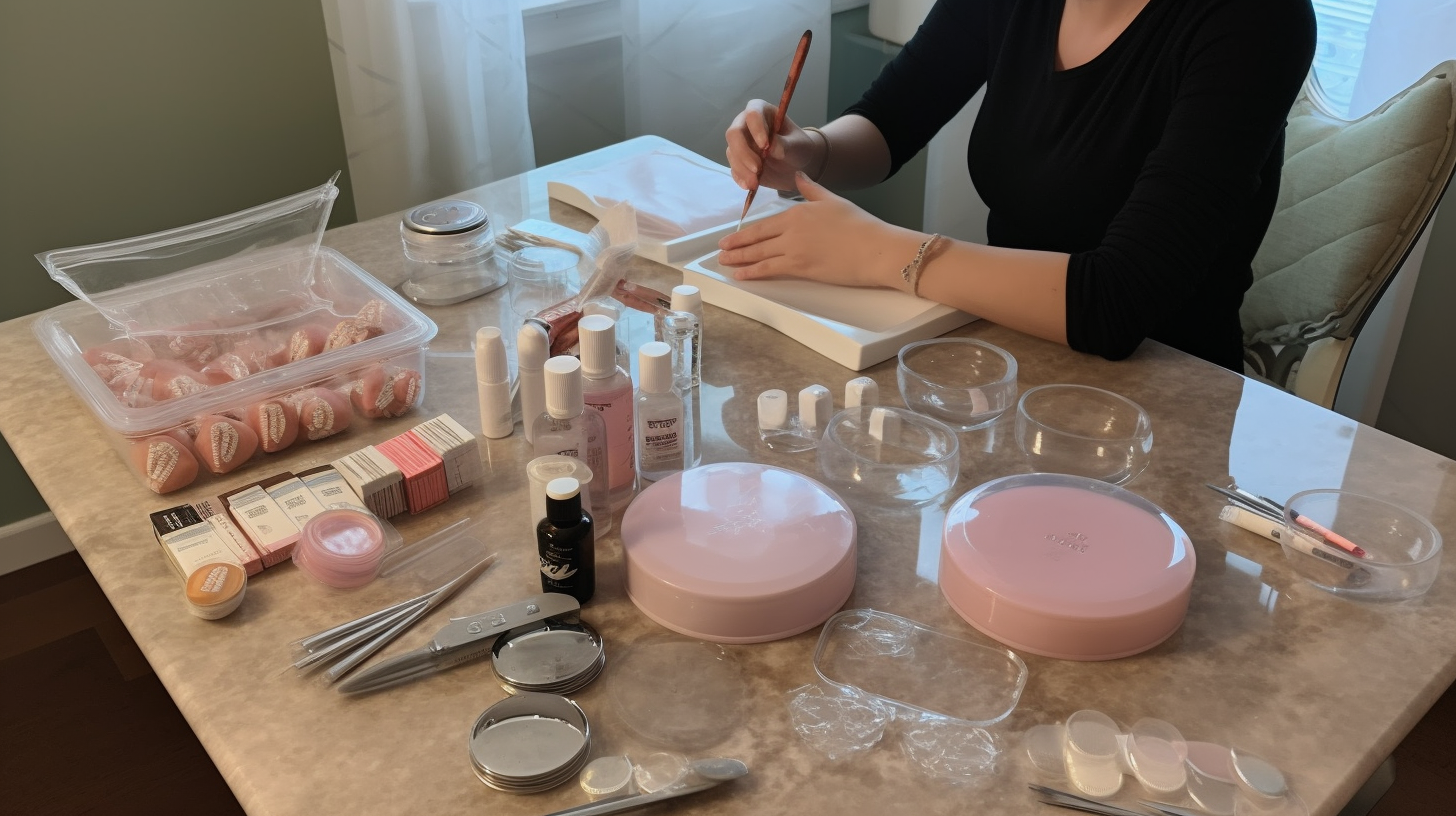Should You Cut Your Cuticles? The Importance of Proper Nail Care
Welcome to our blog post on the topic “Should You Cut Your Cuticles? The Importance of Proper Nail Care.” If you’re someone who takes pride in your nails and wants to maintain their health and beauty, this article is for you. We’ll dive deep into the world of cuticles, discussing their purpose, the potential risks and benefits of cutting them, and ultimately help you make an informed decision about what’s best for your nail care routine.
The Purpose of Cuticles
Before we delve into the question of whether or not you should cut your cuticles, let’s first understand their purpose. The cuticle is a thin layer of skin that covers the base of our nails, acting as a protective barrier against bacteria and potential infections. It seals the space between the nail plate and the surrounding skin, preventing unwanted substances from entering.
In addition to its protective function, the cuticle also plays a crucial role in nail growth. It acts as a sealant, locking in moisture and ensuring that our nails stay hydrated and flexible. Without a healthy cuticle, our nails can become dry, brittle, and prone to breakage.
The Pros of Cutting Cuticles
Now that we understand what cuticles are and why they’re important let’s explore some arguments in favor of cutting them.
Cosmetic Appeal
One common reason people choose to cut their cuticles is for cosmetic reasons. Removing excess or overgrown cuticles can make your nails appear neater and more polished. It creates a clean edge between the nail plate and the surrounding skin, giving your manicure a professional look.
For those who enjoy doing elaborate nail art or applying nail polish frequently, trimmed cuticles can provide a smoother canvas for better application and longer-lasting results.
Improved Nail Health
Some proponents of cuticle cutting argue that removing excess cuticles can lead to improved nail health. They believe that by trimming the cuticles, you reduce the risk of dirt, debris, and bacteria getting trapped around the nails, which could potentially lead to infections.
Moreover, cutting away dead or damaged cuticles may stimulate healthier growth and allow your nails to flourish.
The Cons of Cutting Cuticles
While the arguments for cutting cuticles may seem compelling, it’s essential to consider the potential risks and drawbacks involved.
Infection Risk
Cutting your cuticles improperly or using dirty tools can increase the risk of infection. The cuticle serves as a barrier against harmful bacteria, so when you remove it, you’re essentially exposing your nails to potential pathogens. If not done with proper hygiene measures in place, you could end up with painful infections such as paronychia or even more severe abscesses.
Dryness and Irritation
One of the crucial roles that cuticles play is sealing in moisture and preventing dehydration of our nails. When you cut your cuticles excessively or too aggressively, you disrupt this natural barrier, causing dryness and irritation. Dry cuticles can lead to brittle nails that are more prone to breakage and peeling.
Alternative Options for Healthy Cuticles
If you’re not comfortable with cutting your cuticles but still want to maintain healthy and well-groomed nails, there are alternative options available:
Regular Moisturization
A key aspect of proper nail care is ensuring adequate hydration for both your nails and their surrounding skin. Apply a moisturizing lotion or oil specifically designed for nails and massage it into your cuticles and nails regularly. This helps keep your cuticles soft and supple, reducing the risk of dryness and breakage.
Gentle Pushing
Instead of cutting your cuticles, you can gently push them back using a cuticle pusher or an orangewood stick after soaking your hands in warm water. This technique helps maintain the protective barrier while tidying up the appearance of your nails.
Remember to be gentle and avoid applying excessive pressure, as this can cause damage or inflammation.
The Bottom Line: Making an Informed Decision
Ultimately, the decision to cut your cuticles or not is a personal one that depends on various factors such as your nail health, preferences, and level of comfort. It’s crucial to weigh the potential benefits against the risks involved.
If you choose to trim your cuticles, we recommend following these best practices:
- Ensure that you’re using clean and sanitized tools to minimize the risk of infection.
- Trim only excess or overgrown cuticles, avoiding cutting too close to the nail plate.
- Moisturize regularly to maintain nail and cuticle health.
If you decide not to cut your cuticles, remember that proper nail care involves regular moisturization, gentle pushing of the cuticles, and maintaining good overall nail hygiene.
In conclusion, while cutting cuticles may offer cosmetic benefits and potentially improve nail health when done correctly and hygienically, it carries risks such as infection and dryness. Exploring alternative options such as regular moisturization and gentle pushing can help achieve healthy and well-groomed nails without resorting to cutting. Ultimately, strive for balance by prioritizing overall nail health alongside cosmetic appeal. Remember that consulting a professional, such as a dermatologist or nail technician, can provide further guidance tailored to your specific needs and concerns.




